Special investigation: How NRL clubs lost a staggering $42.7 million
FRIGHTENING figures reveal a $42.7 million disaster in a secret NRL document into the financial health of all 16 premiership clubs, PHIL ROTHFIELD reports.
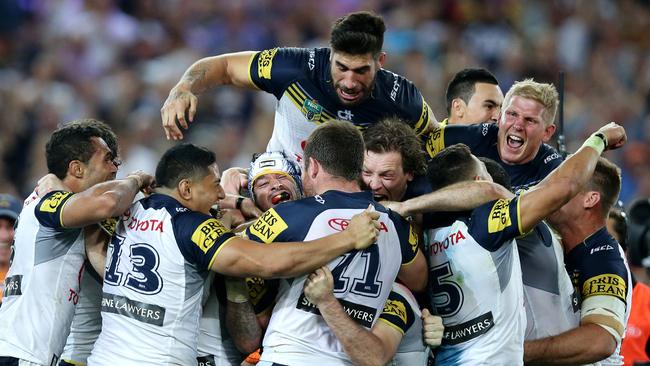
NRL
Don't miss out on the headlines from NRL. Followed categories will be added to My News.
- Register now for SuperCoach and choose your winning team
- Join our NRL tipping competition for your chance to win $20k
THESE are the frightening financial figures NRL clubs didn’t want you to see.
Figures from official auditing that reveal a $42.7 million disaster in a secret NRL document into the financial health of all 16 premiership clubs.
Only three clubs — South Sydney, Brisbane and the New Zealand Warriors — made a profit last season while Parramatta and Penrith in Sydney’s west lost a combined $14.4 million.
The crisis is set to prompt the NRL to implement a new salary cap on non-player costs, amid fears of an ‘arms race’ as club spending spirals out of control. The AFL already has a $9.4 million cap on football operations at each club.
SCROLL DOWN FOR EVERY NRL CLUB’S FINANCIAL PERFORMANCE
The 16 NRL club chief executives were sworn to secrecy when they were shown the audit results at a meeting in Auckland last Friday before the Nines tournament.
It was agreed only the average club loss of $2.7 million would be revealed to the media before the document was leaked to The Daily Telegraph by someone from inside the room.
The figures are for football operations without taking into account Leagues Club grants, which only nine of the 16 clubs benefit from. The losses came despite grants of $7.87 million from the NRL last year. Under the deal struck with the clubs and commission chairman John Grant at the end of last year, the clubs will receive an extra $1.5 million a year in 2016 and 2017.
Importantly the NRL and clubs have agreed to hold talks on ways to contain costs within football departments in future.
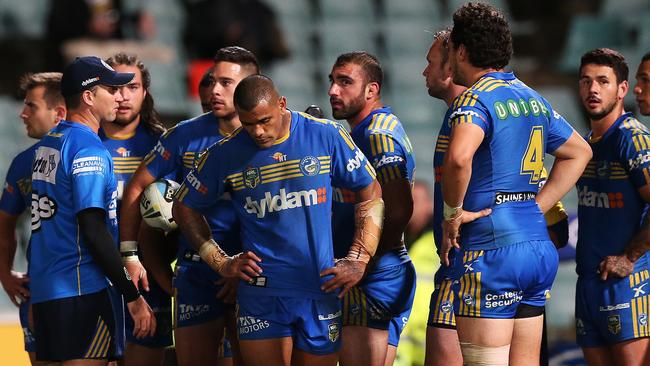
One of the options is to have a cap on football department expenditure from 2018, similar to a salary cap for players. It already has the support of the majority of clubs.
“The growth in non-player expenses has been extensive in all sports,” said Dragons chief executive Peter Doust.
“Some would say it’s become an arms race. It’s something that needs to be discussed because we can’t be going outside our means as we continue to grow. Club sustainability and looking after the players are what’s most important.”
The poor performances of Parramatta ($8 million loss) and Penrith ($6.4 million) are the most disturbing results for the game.
Both clubs faced extra costs in game development and junior funding in an area where the AFL is pumping in millions of dollars to fully establish a growth base for GWS.
Parramatta also had to cope with a substantial salary cap fine. The saving grace is that both the Eels and the Panthers are supported by strong leagues clubs.
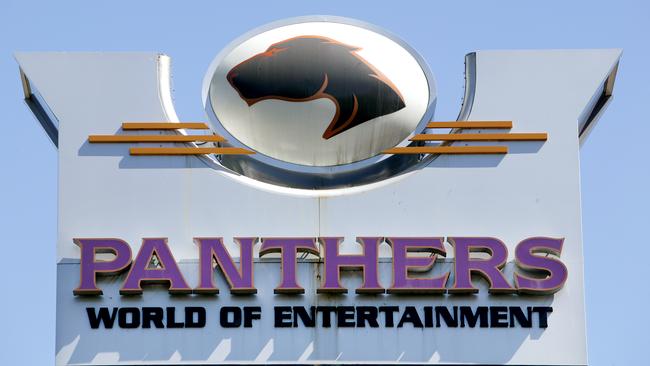
Even North Queensland reported a loss of $360,000 despite winning the competition.
They did employ two former first grade coaches, John Cartwright and David Furner, to help Paul Green and also spent $1 million on a new high-performance unit.
The Rabbitohs were the biggest success story, on the back of their grand final victory the previous year. Their membership grew to 35,000 — more than double most clubs — which provided income of more than $4 million alone.
Losses by the Titans ($3.3 million) and the Knights ($1 million) will be felt throughout the game because both clubs need to be topped up by their owners — the NRL — to balance the books.
Neither club has support from a leagues club. The fact NRL grants will increase to $9.37 million next year will make it more appealing for potential buyer to step in.
CLUB BY CLUB BREAKDOWN
RABBITOHS — $1.4 million profit
Financially the most successful club in the competition on the back of winning the 2014 premiership and signing up 35,000 members as a result. Membership income is now worth $4.5 million alone. They also have no junior leagues costs because of the thriving Souths Juniors.
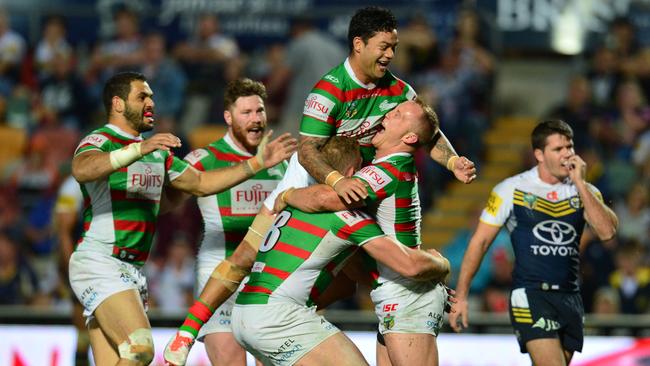
BRONCOS — $800,000 profit*
The $800,000 profit is an estimate figure provided to the NRL. As a privately owned company, the official profit will be revealed to shareholders at the end of the financial year. In a much stronger position than the Sydney clubs from having Brisbane to themselves.
*Estimated
WARRIORS — $600,000 profit
Struggled on the football field for much of the year but have a strong membership base and merchandise sales. Also have a huge advantage, similar to Brisbane, of having no competitors and an entire country to themselves.
COWBOYS — $360,000 loss
Won the premiership but still lost $360,000. Employee costs were $2 million more than the previous year. The club also invested heavily on a new high performance unit. Officials expect a stronger 2016 result on increased crowds, membership and NRL grant.

KNIGHTS — $1 million loss
Considering they finished with the wooden spoon, a $1 million loss was an acceptable result. The NRL has to pick up the shortfall as the owner. Losing Wayne Bennett’s salary saved $1 million. Budgeting to break even this year with the increased NRL grants.
WESTS TIGERS $2.1 million loss
The poor financial result matched the team’s performances on the field which resulted in lower gate takings than previous years. Also had to pay out chief executive Grant Mayer. Financial position will be clearer on March 31, with Balmain’s deadline to pay back $5 million for a share of joint venture.
SHARKS — $2.2 million loss
Lost $2.2 million but will be boosted in future years from sales of the Woolooware Bay unit development next to Remondis Stadium. Would have been a worse result but for increased membership. Also didn’t get a major sponsor until late in the season.
DRAGONS — $2.6 million loss
Lost $2.6 million and will get a leagues club grant of only $700,000. Still heavily relying on funding and support from the NRL. Licensed club is now making $5 million profit. Facing a more difficult year because it is the Roosters’ turn to get Anzac Day gate takings.
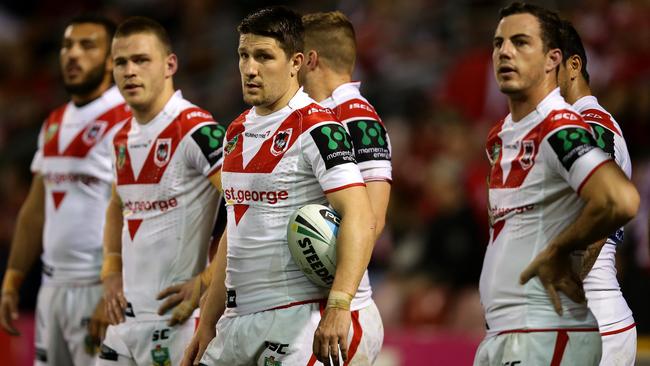
SEA EAGLES — $2.9 million loss
Lost $2.9 million in a result that reflects on the poor performances of the team. Also had a huge staff turnover and had to pay out the final year of Geoff Toovey’s contract before hiring Trent Barrett. Have to survive with no leagues club support.
TITANS — $3.3 million loss
Finished with a $3.3 million loss which will have to be covered by the NRL until they find a new owner. Crowds were down last year and sponsors were difficult to find because of a number of serious off-field issues. Also still paying for former coach John Cartwright.
BULLDOGS — $3.5 million loss
Absolutely no alarm bells despite a $3.5 million loss by the football club. A grant of more than $4 million from a thriving Canterbury leagues club will actually leave them with a profit. Also did well from the Back to Belmore games.
STORM — $3.8 million loss
On face value a loss of $3.8 million for a club without the support of a Leagues club would be a worrying result. The fact is it’s a much better result than previous years when losses were reported of up towards $7 million.
ROOSTERS — $3.9 million loss
No wonder veteran chairman Nick Politis has been at the forefront of the campaign to get the clubs extra funding from the new broadcasting deal. The football club lost $3.9 million which is far worse than the $1 million the previous season after they won the premiership.
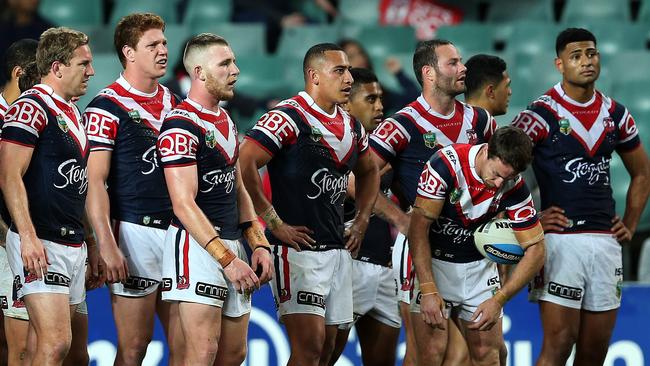
RAIDERS — $5.4 million loss
It’s been a huge struggle in the national capital as a loss of $5.4 million would indicate. Fortunate to have the support of a strong Queanbeyan Leagues Club. Need better results and better gate takings this season. Also looking to trim costs.
PANTHERS — $6.4 million loss
So much for that five-year plan — they’ve ended up with a $6.4 million loss and failed to make the finals. Had to pay out Ivan Cleary and also have Phil Gould’s salary which is far greater than general managers at other clubs. Losses will be covered by Panthers Leagues Club.
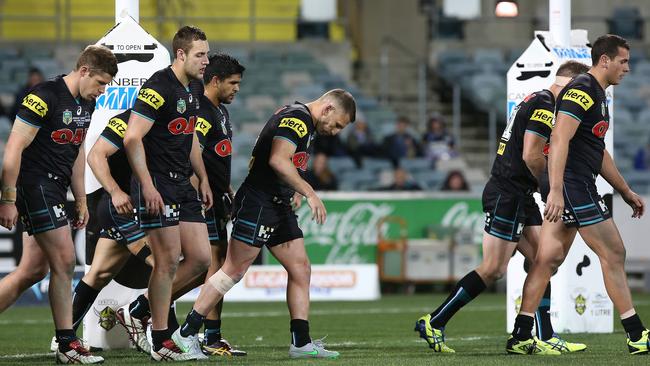
EELS — $8 million loss
It’s hard to put a positive slant on a club that loses $8 million but the Eels spend $2 million on junior and game development. They also spent $1 million on a new high performance unit and paid a salary cap fine of over $400,000. Leagues club made more than $12 million profit.
Originally published as Special investigation: How NRL clubs lost a staggering $42.7 million





